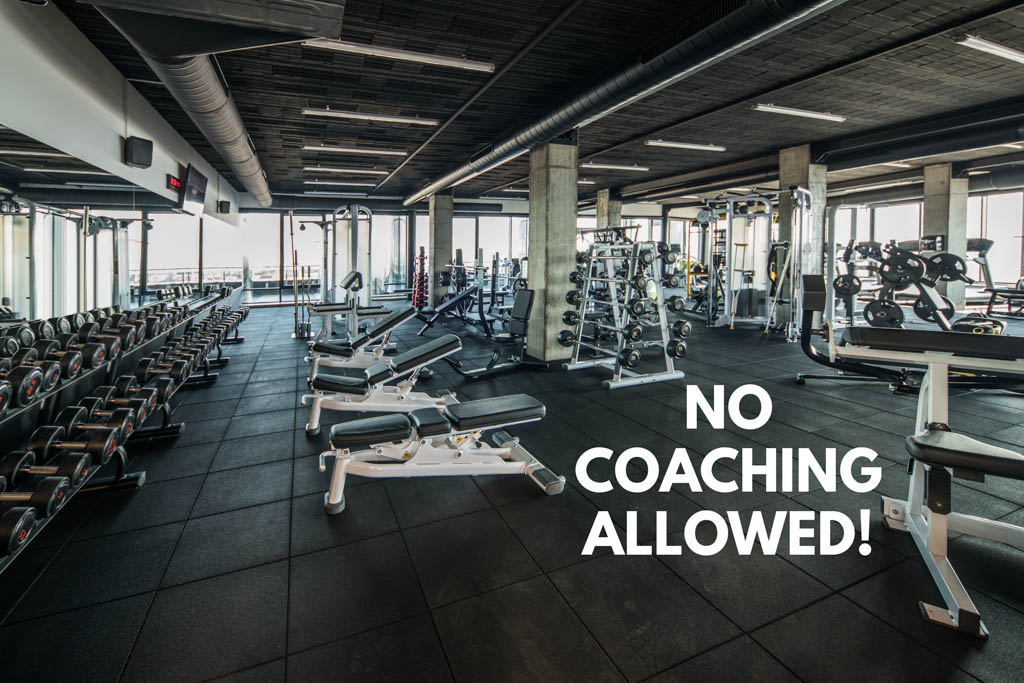Here’s the title of a recent article in The Guardian: “Gym Membership: How to Get the Best Deals.”
For microgym owners, a better title would be:
“Things You Should Never Offer at Your Coaching Gym.”

The Guardian’s secondary headline: “Consider exactly what you need, then look out for special offers and free trials.”
The line was related to cost-saving advice about not signing up for gyms with swimming pools if you don’t want to swim. And so on. But it stands out in the microgym community because it draws a clear line between low-cost, access-only fitness facilities and coaching businesses.
The author and people reading the article—check it out here—likely think one thing is needed to get fit: facility access. So the entire article is about getting in at the cheapest rate.
More tips:
- Read contracts so you know what you’re signing up for and don’t get locked in by accident.
- Consider “pay as you go” facilities.
- Wait for special offers and look for discounts.
- Use free trials.
- Consider working out at home.
Microgym owners who sell coaching will—or should—know that the people who appreciate this advice are not a good fit for their gyms.
Two-Brain data is clear:
- Pay as you go is a disaster for cash flow and client adherence. Pay-as-you-go clients won’t “go” enough to actually become healthier.
- Special offers and discounts are bad for length of engagement. Long term, they actually kill gyms. For clients, discounts generally ensure they flutter from program to program and never develop the momentum that will help them reach their goals.
- Free trials are not the best way to get people into a gym. A consultation (No Sweat Intro) is far superior. Clients who book a consultation receive a clear, concise plan based on their goals. That helps them get results.
- Most people won’t work out at home because no one is providing accountability. It’s a poor option for most people. Need proof? Review local garage sales and note the fitness equipment for sale.
If anything, the article is confirmation that fitness businesses can be divided into two clear groups: Those that sell access and those that sell coaching. Both involve working out, but the difference is equivalent to renting someone a car vs. teaching them how to build a car.
The tough part is that consumers don’t know this. They think gyms are gyms are gyms. So they eat up articles that focus on pricing and discounts and get confused when microgym owners quote premium rates for coaching and tell them there are no discounts.
The lesson: Don’t ever assume people understand what you do.
When average people Google “gyms near me,” they’ll get access and coaching facilities in the search engine results pages. Google doesn’t know the difference between them, either. So you’ll need to draw the line for people. Be sure they can figure out exactly what you sell fast.
It’s up to you to educate potential clients for two reasons:
1. You want to avoid wasting time with people who are looking for $20 per month access-only memberships. They’re not your market if you run a coaching gym.
2. You want prospective clients to understand that coaching is far more valuable than access because people will actually get results with coaching.
Take a look at your media platforms now and ask a question:
Can a viewer tell that you sell coaching?
If not, make some changes to set your business apart!

